Exadata and ZDLRA are large and powerful systems typically deployed for mission critical operations. Whether you are running your databases on one Exadata machine, several Exadata machines on-premises, Oracle or other supported clouds, you are managing a large scale enterprise system with many compute nodes, storage servers, with 100’s or 1000’s of databases.
To manage these large systems at scale, we’re happy to introduce the Oracle Enterprise Manager Cloud Control Exadata Management Pack and Zero Data Loss Recovery Appliance (ZDLRA) Management Pack. These packs offer a comprehensive solution to optimize performance of your databases, maximize Exadata capacity, and automate critical database backup operations.
Addressing the challenges in managing these large distributed systems involves several key considerations. First, achieving visibility across all hardware racks requires robust configuration options and components that meet the security and compliance standards. Automating operations at scale is critical to minimize human errors, but it requires understanding of dependencies to streamline processes. Detecting outliers across different levels, from utilization and performance metrics to identifying noisy neighbors or resource hogs, is essential for maintaining efficient resource allocation. Optimizing consolidation density and performance within shared infrastructure environments enhances overall efficiency and cost-effectiveness.
These two new packs offer a comprehensive solution that effectively addresses all these challenges in a holistic manner.
The key features of the Exadata Management pack include:
- Infrastructure Fleet Patching
- Database Impact Advisor
- Exadata I/O Resource Management (IORM) Advisor
- Advanced Exascale performance monitoring
The key features of the Zero Data Loss Recovery Appliance Management Pack include:
- Database Fleet Backup Management for Recovery Appliance
- Database Fleet Advanced Backup Configuration for ZDLRA using EM CLI
- Recovery Appliance Protected Database Fleet Archival Backup Scheduling
Review common key features of the new Engineered Systems packs
The Exadata machine is optimized for running databases while ZDLRA for efficient backup management, but they share the same platform. Therefore, some of the features like Dashboards and AHF Exachk management apply to both packs.
Fleet Configuration and Performance dashboards
The new Configuration and Performance Dashboards enable filters to visualize key monitoring metrics, unlocking valuable insights into your systems. This enhances visibility into operations across a hybrid Exadata fleet as well as within each Exadata system. The dashboards work across various deployment configurations, including on-premises, Cloud@Customer, and Oracle Cloud Infrastructure environments. In addition, these dashboards leverage a unified set of filters that allow you to analyze the entire fleet comprehensively or focus on specific subsets, providing flexibility and depth in your performance evaluation.
The initial set of dashboards is focused on configuration and capacity at the fleet level, and they provide single Exadata or storage server insights. You can drill down to investigate further and take action if necessary. These dashboards can be used as a starting point for the shift to get a performance overview, a level-set and identify where to start to investigate an issue.
Configuration dashboards are used to consolidate all Engineered Systems by their types (Exadata/ZDLRA), deployment models (on-premises, cloud, hybrid), cloud service types, hardware generations, hardware, firmware, and software (system, database, etc.) versions, etc. This helps administrators find outliers such as problematic/old software, old hardware/firmware and so on.
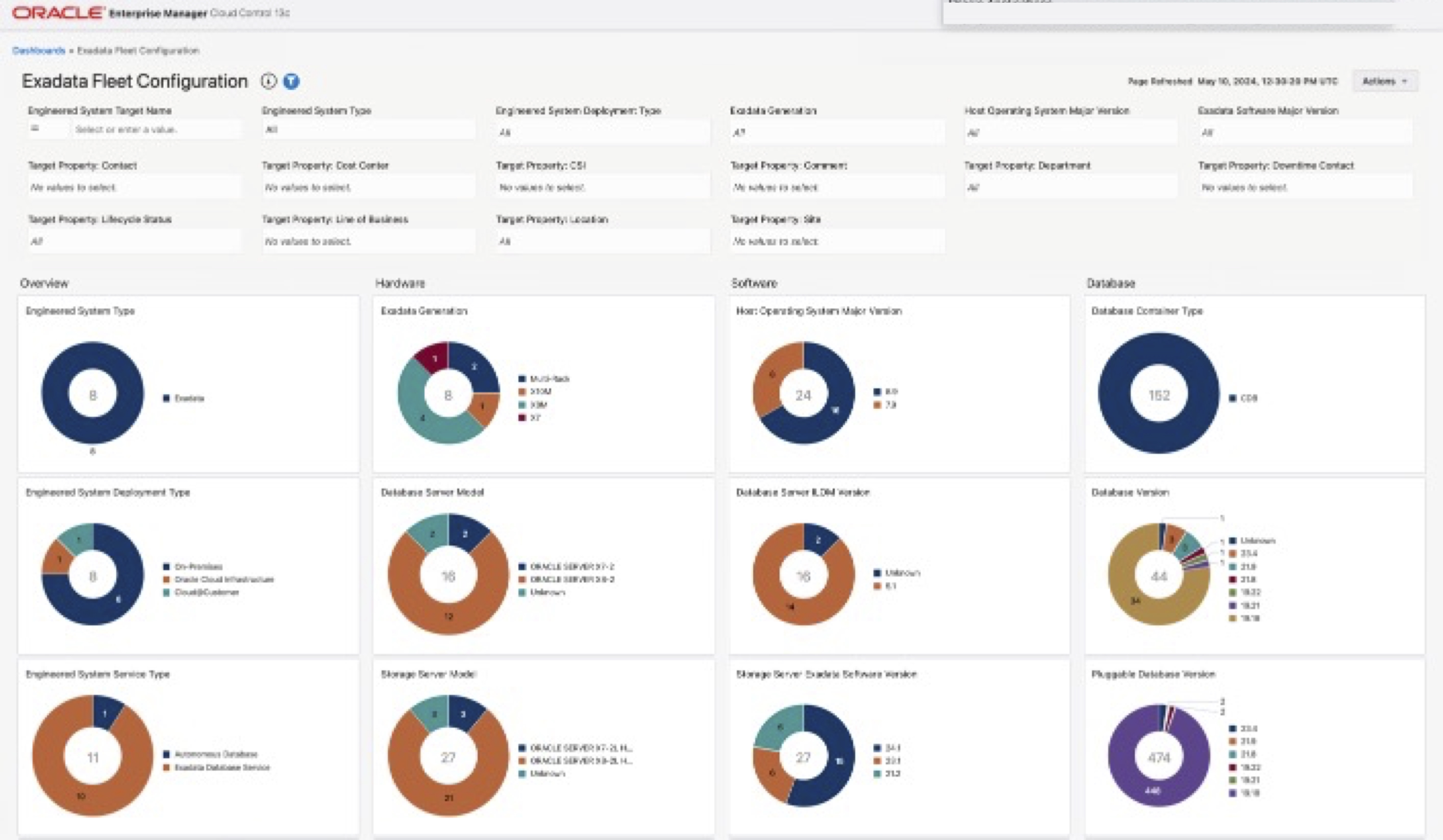
Capacity dashboards, on the other hand, are used to visualize Storage, Memory, IO, and CPU, Exadata capacity and utilization, across an Exadata fleet and within each Exadata system.
At an aggregate level, these dashboards provide a holistic view of fleet-wide usage and remaining capacity, allowing you to perform strategic planning and resource allocation. This overview ensures that regardless of the deployment method, you can understand how resources are being utilized and where potential capacity remains untapped. For Exadata, these dashboards provide detailed insights into individual capacity and usage patterns. You can analyze resource usage versus available capacity at the Exadata level and across the fleet allowing you to identify both over-utilized and under-utilized resources. Additionally, the dashboards enable trend analysis, particularly in storage growth, helping you anticipate future needs. For each component—servers, storage, and network—the dashboards further refine insights, allowing you to pinpoint capacity and utilization within each Exadata. This granularity extends to identifying specific database servers within an Exadata that may be over- or underutilized, empowering efficient resource management and optimization strategies.
Figure 2 shows an example of a fleet capacity dashboard that displays CPU, Memory and Storage utilization and you can easily identify the spikes under heavy load.
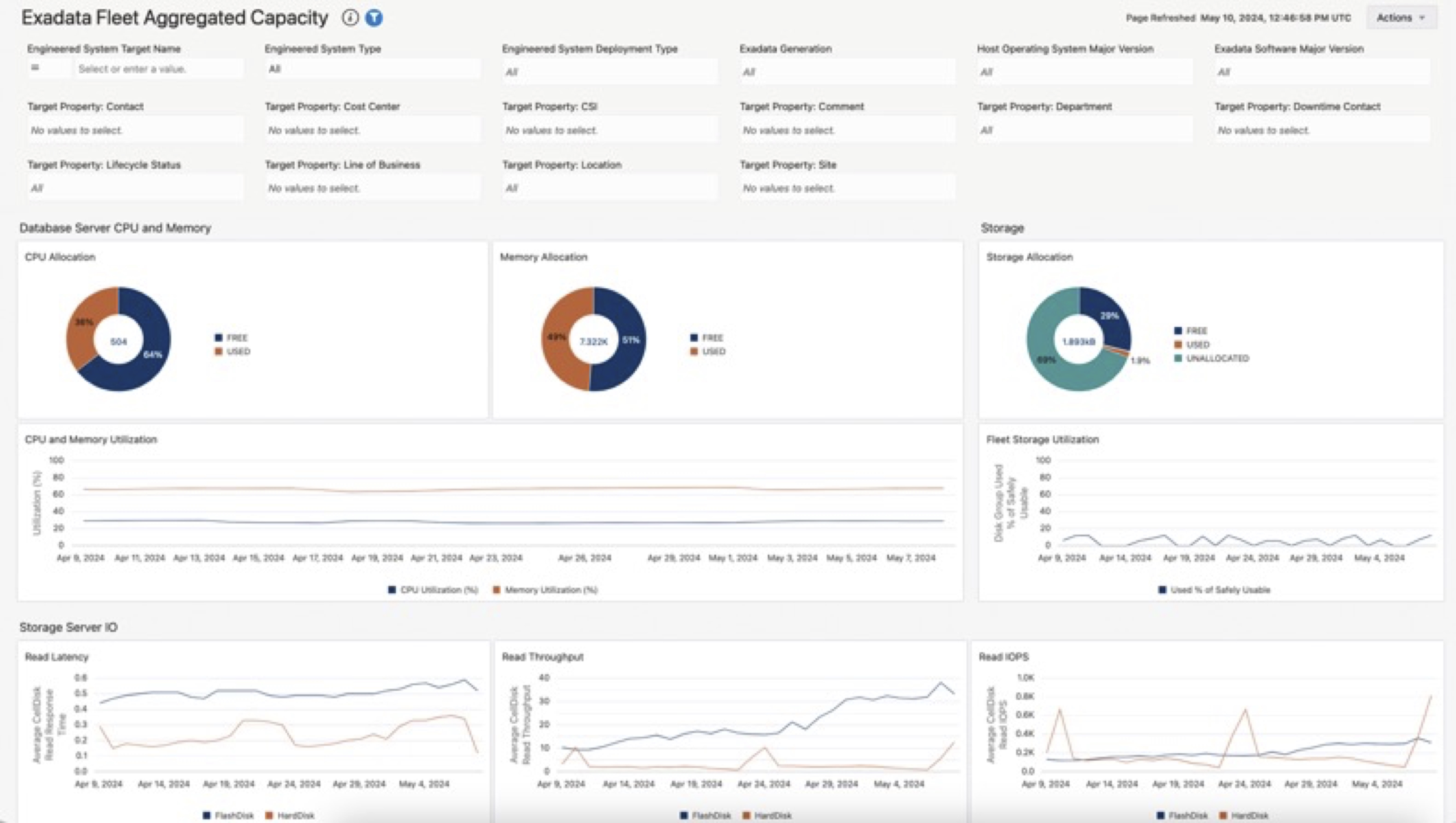
Figure 3 captures a performance dashboard with a timestamp selected on one tile while the other tiles inherit that timestamp.
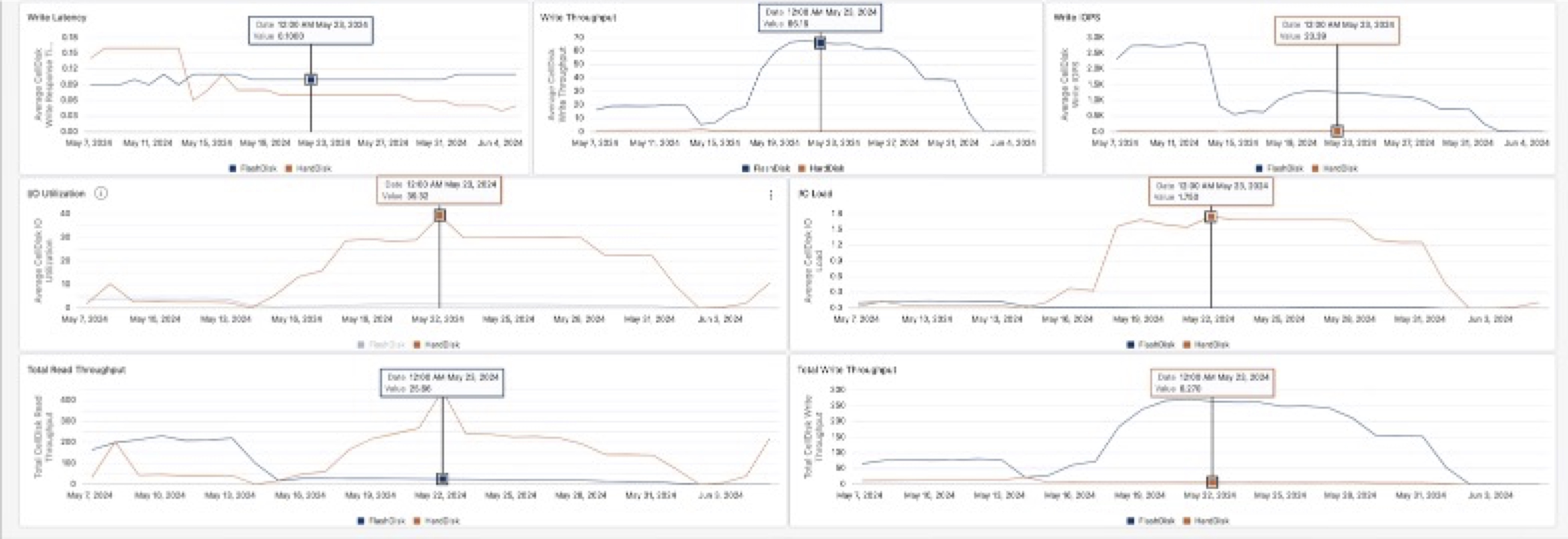
AHF Exachk Management reduces administration of AHF Exachk
The Oracle Autonomous Health Framework (AHF) Exachk Management helps reduce the administration of AHF Exachk through automation and comprehensive monitoring.
This component implements automatic deployment of the latest AHF release across all compute hosts, ensuring uniform installation using AHF Auto Upgrade configuration settings. It schedules and configures EXAchk compliance checks, along with EXAchk Autoruns. Additionally, it performs on-demand compliance checks and executes AHF control (ahfctl) and health check (exachk) commands as needed. Monitoring capabilities include providing AHF upgrade status and history, service status updates, AHF autorun and auto-upgrade configuration as well as EXAchk run status and history, for a comprehensive oversight of your system.
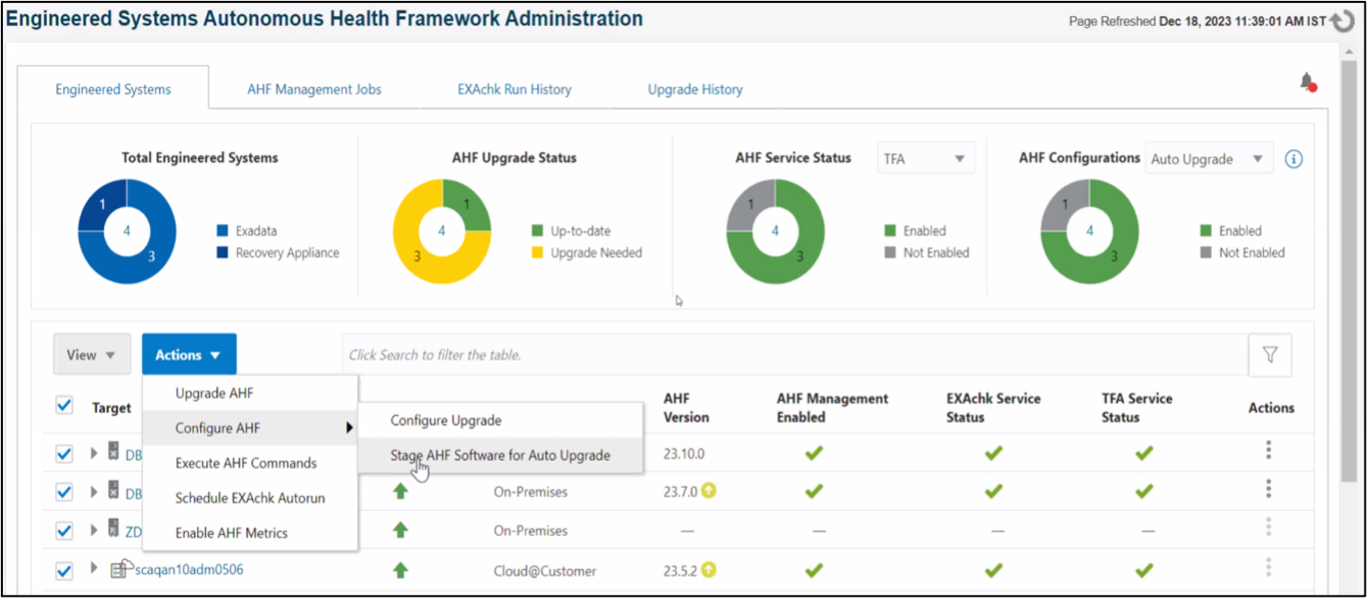
Get started with Exadata Management Pack
Exadata Infrastructure Patching using Fleet Maintenance
Fleet Maintenance simplifies and streamlines the patching process for your entire Exadata infrastructure stack, ensuring optimal performance, security, and uptime. It remains a central tool for patching and securing all Exadata components, including databases, grids, and infrastructure. You can patch your Exadata components at scale, schedule patching during optimal maintenance windows, leverage rolling updates to minimize downtime, and perform safe rollbacks if necessary. Fleet Maintenance empowers granular control over the entire patching process.
This gold image-based centralized patching solution offers flexible interfaces to suit your needs. Choose from a user-friendly graphical user interface, the familiar EM CLI, or leverage the automation capabilities of the REST API. The solution supports the following Exadata components:
- Database Server
- KVM Guest
- Xen DomU
- Storage Server
- InfiniBand Switch
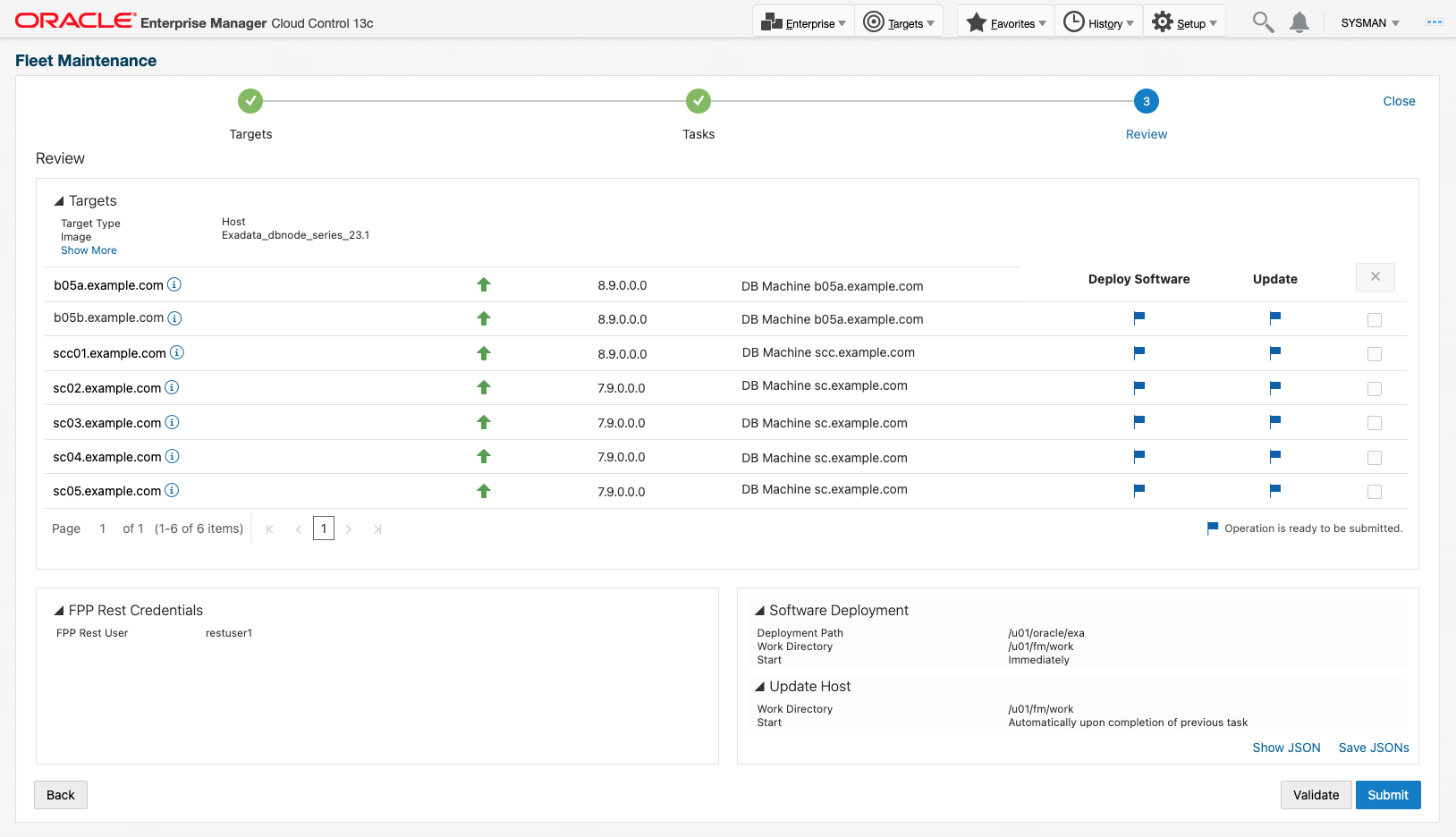
Database Impact Advisor identifies Exadata machines with CPU constraints
The Database Impact Advisor helps identify Exadata machines where databases are competing for CPU and limited by CPU allocation. As the name suggests, the Database Impact Advisor is integrated with AHF balancing and recommends the CPU_COUNT values for each individual database.

IORM Advisor provides interactive visualizations for Exadata resource analysis
The IORM Advisor provides interactive visualization for analysis of Exadata Flash I/O resource utilization across all databases to determine if the system has capacity for additional I/O load. This includes a heat map view of peak I/O utilization compared to the limit with filters that allow identification of heavy I/O consumers at CDB and PDB levels.
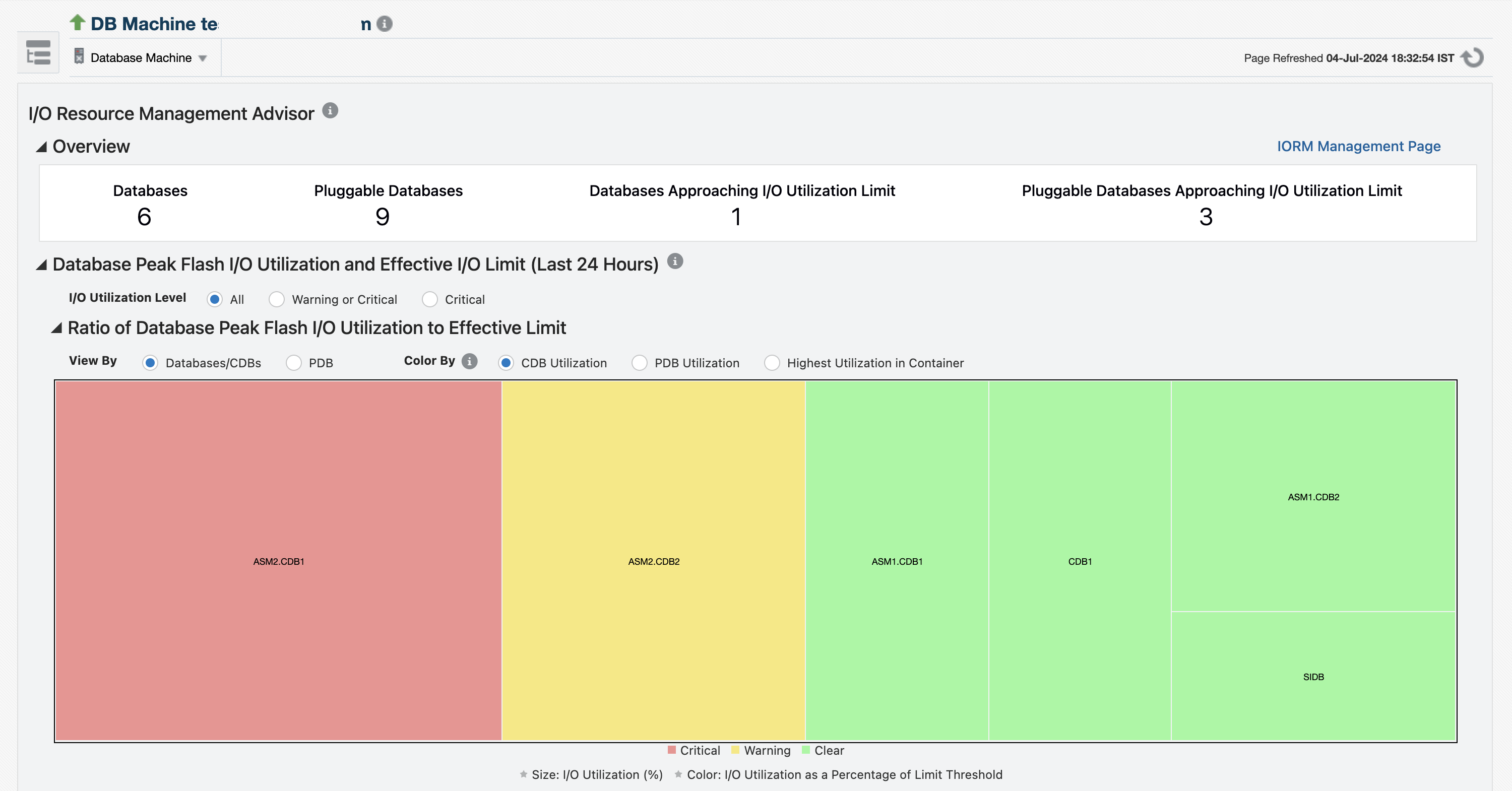
Advanced Exascale performance monitoring
The Exascale performance monitoring includes interactive visualizations of IOPS allocations across vaults, pools and databases. Advanced filtering options help identify IOPS bottlenecks and view IOPS data in the context of the historical Exascale IOPS utilization to make triaging of performance issues easy. In other words, you can have full control over your Exascale configuration from Database to Vault, Pools and Cluster. And if there are any issues, they will be clearly identified. For example, in the case below, a bottleneck between a storage pool and a storage vault shows which databases are affected by it.
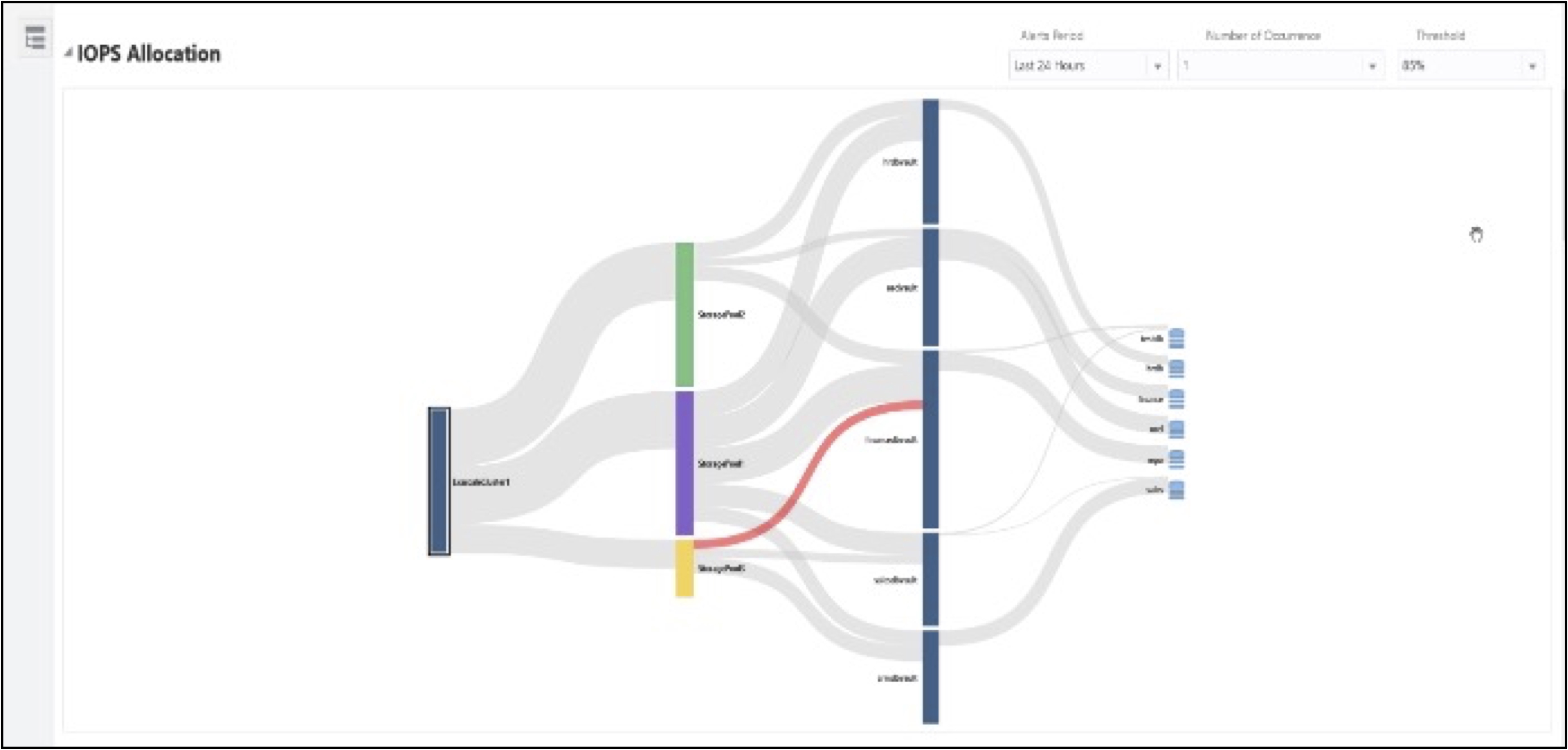
Similarly, Exadata configuration topology for all databases on a system can be visualized easily. For example, you can trace major versions through minor versions of Oracle databases deployed, their Oracle homes, number of databases, down to specific PDBs.
Get started with Zero Data Loss Recovery Appliance Management Pack
Some of the key features unique to the Zero Data Loss recovery Appliance Management pack focus on automation, configuration, and scheduling of new databases backups to a Zero Data Loss Recovery Appliance.
The key capabilities of this pack include:
- Database Fleet Backup Management for Recovery Appliance
- Database Fleet Advanced Backup Configuration for ZDLRA using EM CLI
- Recovery Appliance Protected Database Fleet Archival Backup Scheduling
Database Fleet Backup Management for Recovery Appliance
Configuration and backup scheduling is a tedious and error-prone task. This new automation reduces the time spent on this task for each database. Instead of manually updating configuration files across all hosts, the process is streamlined for both the database and ZDLRA administrators. Their main responsibilities now involve two key tasks: discovering the database in Enterprise Manager and onboarding it to ZDLRA. Automation handles all other aspects, including the key task of testing a backup to ensure validation. This approach not only enhances efficiency but also ensures consistency and reliability.
Database Fleet Advanced Backup Configuration for ZDLRA using EM CLI
Functionality such as backing up a primary database to one ZDLRA and the standby database to a second one, with replication between both units, is now achievable through Database Fleet Advanced Backup Configuration. In cases where backup continuity is important, both units can seamlessly switch to an alternate ZDLRA if the preferred one becomes unavailable. This EM CLI capability replaces the former manual configuration process, offering increased flexibility and reliability in managing data backups and ensuring continuity of operations.
Recovery Appliance Protected Database Fleet Archival Backup Scheduling
Certain databases are required to store archival backups offsite. The ZDLRA Management pack offers workflows designed to efficiently execute and oversee the archival to Cloud or tape for all databases protected by a Recovery Appliance. This approach not only meets legal requirements and corporate compliance standards but also facilitates retrieval and management of archived data as needed.
Upgrade today to Oracle Enterprise Manager 13c Release 5 Update 23
The Exadata Management Pack introduces new and powerful set of features that help optimize the management of your Exadata or your fleet of Exadata Machines. By identifying performance bottlenecks or spare capacity, you can make optimal use of your hardware and minimize performance degradation for key applications. The new infrastructure fleet patching reduces downtime and allows Exadata software and firmware to be up to date with minimal effort.
The Zero Data Loss Recovery Appliance Management Pack reduces time in configuring and scheduling backups by up to 80% and allows you to set up advanced backup configurations to guarantee that your databases can be restored according to company policies.
The Fleet Configuration and Capacity Dashboards, and AHF Exachk Management, available with both packs, helps you reduce the management with up to 80% and helps identify outliers in configuration and capacity.
Note that the use of functionality mentioned in this blog requires the Exadata Management Pack and ZDLRA Management Pack license. Be sure to review Database and Engineered Systems Management licensing information.
Upgrade today to Oracle Enterprise Manager 13c Release 5 Update 23 (13.5.0.23) and take advantage of these key new features part of the Engineered Systems packs!
Resources
Be sure to also check the following locations for continuous updates:
- Advanced Management and Monitoring for Engineered Systems
- Enterprise Manager and O&M “how-to” videos libraries
- Oracle Manageability Solutions for Database and Cloud (solution briefs, customer stories, technical briefs)
- Enterprise Manager Cloud Control 13.5 Technical Content (documentation, videos, technical blogs, and other resources)
- My Oracle Support: Certifications (for the latest certified platforms and version combinations)
- My Oracle Support Community- Enterprise Manager: direct access to a network of Oracle Support experts.

